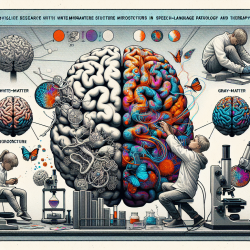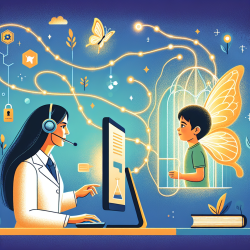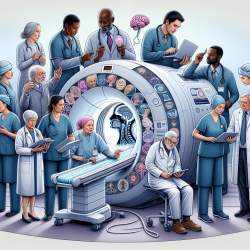Understanding Brain Structure: A Key to Enhancing Therapy Outcomes
In the ever-evolving field of speech-language pathology, staying informed about the latest research is crucial for delivering effective therapy. A recent study, "White-matter microstructure and gray-matter volumes in adolescents with subthreshold bipolar symptoms," provides valuable insights into brain structure that can significantly impact therapy approaches for adolescents.
Key Findings of the Study
The study explored the brain structures of adolescents with subthreshold bipolar symptoms (SBP) compared to healthy controls. Researchers found notable differences in white-matter (WM) microstructure and gray-matter (GM) volumes. Specifically, adolescents with SBP exhibited:
- Lower fractional anisotropy (FA) values in several WM tracts, including the corpus callosum and cingulum.
- Higher radial diffusivity in posterior parts of the bilateral superior and inferior longitudinal fasciculi.
- Reduced GM volume in the left anterior cingulate region.
These findings suggest altered structural connectivity in adolescents with SBP, which may contribute to mood disorders.
Implications for Therapy
Understanding these structural differences can help practitioners tailor their therapeutic approaches. Here are some ways to implement these findings:
- Personalized Interventions: Recognizing the unique brain structure of adolescents with SBP can guide the development of personalized interventions that target specific areas of difficulty, such as emotional regulation and communication skills.
- Early Identification: Being aware of these brain structure differences can aid in the early identification of adolescents at risk for mood disorders, allowing for timely intervention.
- Collaboration with Other Professionals: Collaborating with psychologists and neurologists can provide a comprehensive approach to addressing the needs of adolescents with SBP.
Encouraging Further Research
This study highlights the importance of continued research into brain structure and its impact on therapy outcomes. Practitioners are encouraged to stay informed about the latest findings and consider participating in research studies to contribute to the growing body of knowledge in this field.
To read the original research paper, please follow this link: White-matter microstructure and gray-matter volumes in adolescents with subthreshold bipolar symptoms.










